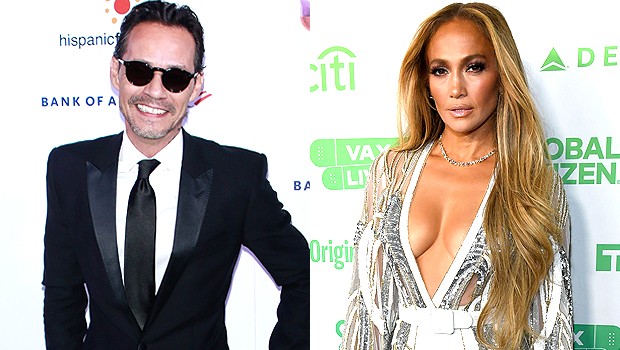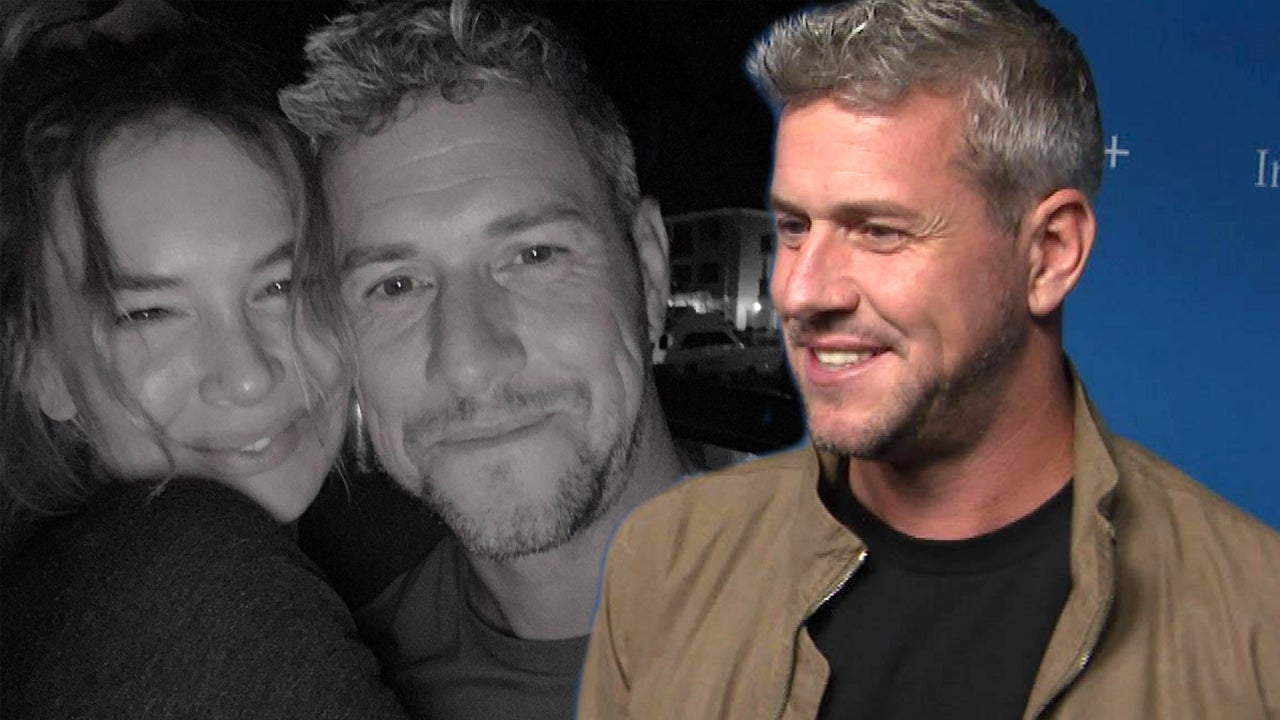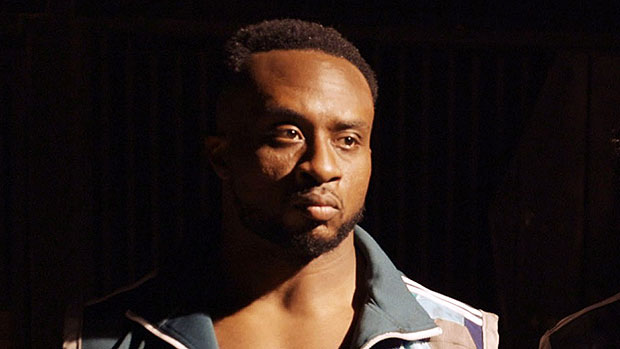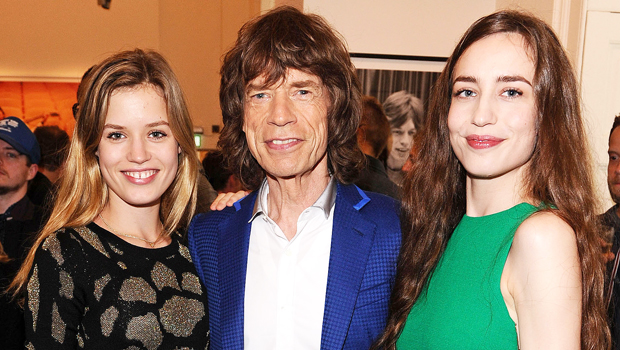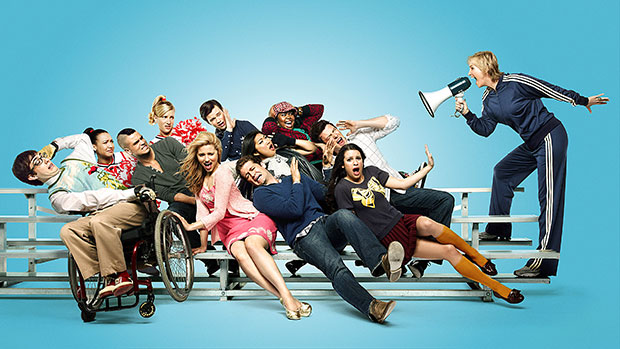Sundance 2023 Women Directors: Meet Sophie Barthes – “The Pod Generation”
Sophie Barthes is a Franco-American filmmaker. Her directorial debut, “Cold Souls,” was released by Samuel Goldwyn and played in competition at the Sundance Film Festival. Her second feature, “Madame Bovary,” was released in 2015 after premiering at Telluride. “The...
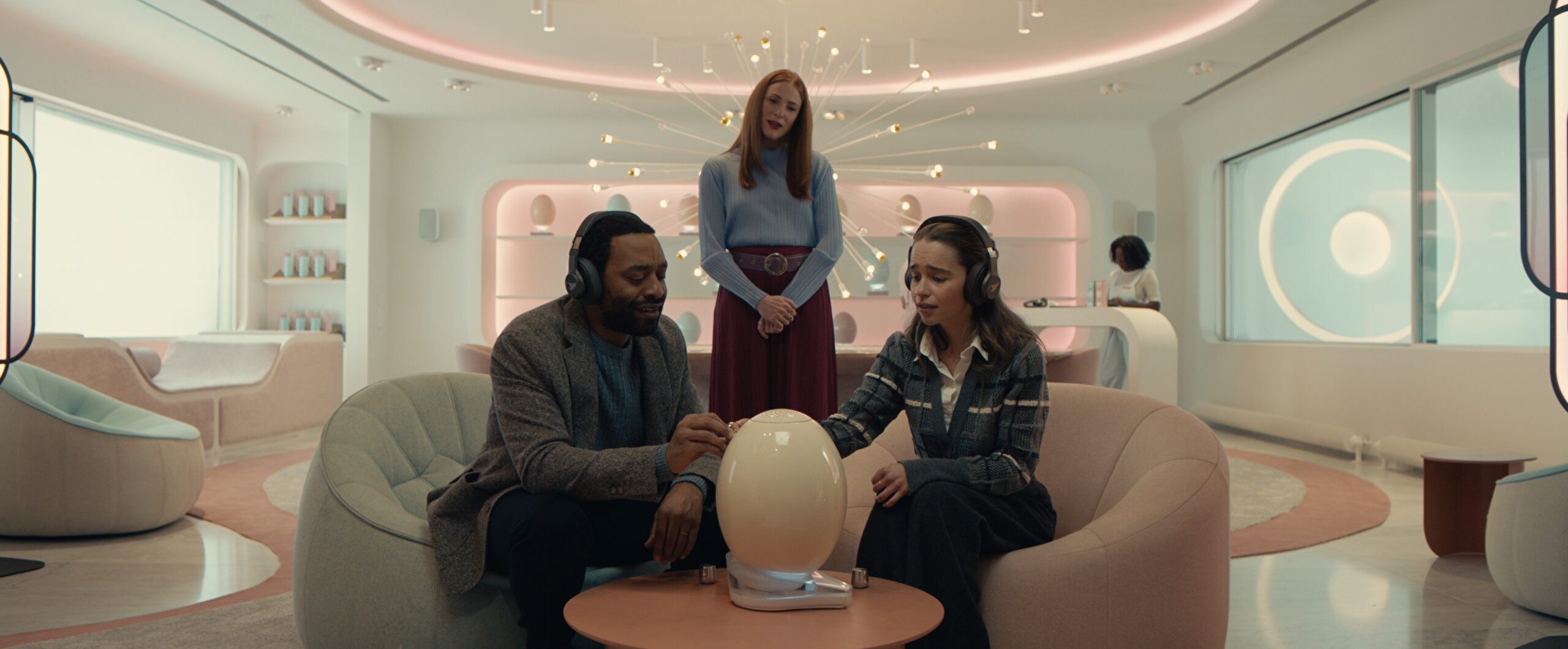
Sophie Barthes is a Franco-American filmmaker. Her directorial debut, “Cold Souls,” was released by Samuel Goldwyn and played in competition at the Sundance Film Festival. Her second feature, “Madame Bovary,” was released in 2015 after premiering at Telluride.
“The Pod Generation” is screening at the 2023 Sundance Film Festival, which runs from January 19-29.
W&H: Describe the film for us in your own words.
SB: “The Pod Generation” is a thought-provoking humanistic surrealist satire about a society madly in love with technology. Set in the not-so-distant future, my aim with this film is to raise questions about our relationship to technology and the the potential consequences of its unregulated intrusion into our intimacy.
This is the story of a couple and the gestation of their baby in an artificial womb. The tone is playful and satirical with incursions into profound complex emotions around parenthood.
W&H: What drew you to this story?
SB: I have a dream journal and when I was expecting my daughter I wrote down all the incredibly strange dreams I had during my pregnancy. The dreams were so vivid, poetic, and unsettling that I wanted to put them in a film.
I also was very influenced by “Brave New World.” I read it as a pre-teen and the book had a profound effect on me. I love science fiction as a genre and all the possible philosophical questions it raises. But strangely in film, the sci-fi genre is very male dominated. I’m interested in exploring “feminine science fiction” on-screen. I’m not sure how to define it precisely, but hopefully when you’ll see the film you will understand what I mean.
It doesn’t need to follow all the tropes of classic sci-fi films: interplanetary warfare, aliens, time travel, parallel universes, monsters. I think you can create sci-fi with themes and issues that are very relatable, almost part of our daily lives but give it a twist that makes it sci-fi. It’s the “What if…” scenario. What if babies could gestate in pods? What would be the implications for us humans? I’m also very attracted to the idea of the commodification of everything. In my first film, human souls could be extracted and stores to alleviate us from our existential burden. In this film, the “ultra solution” for mothers is the artificial womb. But is it really the solution?
W&H: What do you want people to think about after they watch the film?
SB: First of all, I would love for the audience to “feel” something for the film and then to think! I think the beauty of presenting a film to an audience is that each audience member is unique, so each reaction is always personal and unique. Films operate like mirrors: we project part of ourselves on the film. It’s not a one-way relationship. I think a film tries to convey ideas, an aesthetic experience, emotions, etc., but the audience members also project their own life experience on the film.
I just hope this film will make the audience laugh at times — since it’s a satire — and also think about their relationship to technology today: is it a healthy relationship? Does it seem unhinged? Why are we so seduced by technology? What does it say about us as species? I also hope it will help women to feel that there is no “perfect mother’ and that it is totally fine to be the “good enough” mother, as British pediatrician Donald Winnicott said. My feeling is that there is no “ultra solution.”
W&H: What was the biggest challenge in making the film?
SB: Getting the financing together was an ordeal. I wanted to shoot in New York but everyone in the U.S. saw this project as too risky. It’s a visually ambitious film. I couldn’t make it for a low budget. When I understood I wouldn’t get it financed in the U.S. I looked for financing in Europe and made the film as a European co-production. I think it’s been 4 years in the making!
W&H: How did you get your film funded?
SB: The film was made independently as a European co-production which is always a mix of foreign sales, soft money, regional funds, tax credit or tax shelter, equity, and some gap financing.
W&H: What inspired you to become a filmmaker?
SB: When I first watched Woody Allen’s “The Purple Rose of Cairo” as a child in a movie theater, I was completely blown away and that feeling always stayed with me. My parents were cinephiles and, as good French parents, they never really censored the films we could watch. So very early on I remember watching films by Bergman, Godard, Kubrick, Westerns, Chaplin, Fellini, etc.
I was never allowed to watch cartoons or Disney films as a child. My mother always thought children should have access to elevate culture even if they could not grasp everything, something would stick. I’m very grateful to her today.
W&H: What’s the best and worst advice you’ve received?
SB: The best advice was from my husband, Andrij Parekh, who happens to be a very talented cinematographer : to never give up filmmaking. even when it was very difficult career-wise and heartbreaking at times. I remember him telling me, “Well if you give up now, you would have just given up.”
The worst advice I received was most probably from myself! Not trusting my instincts or doubting too much. I think we can be our worse enemies at times!
W&H: What advice do you have for other women directors?
SB: We are very lucky that this is the moment for female directors! When I started 14 years ago it was much more difficult. I think it is a wonderful moment to be a female director because audiences are open to female-driven movies and stories that have interesting things to say and explore about women. So seize the moment!
I think my advice would be the same as the one I once received: if this is your true passion, never give up. It’s like sailing: there will be rough waters and storms but when the sailing is smooth it is the most exhilarating profession you could dream of. It is such a complex and interesting profession.
W&H: Name your favorite woman-directed film and why.
SB: I absolutely love Agnès Varda’s “Cléo from 5 to 7.” It’s the most poetic, heartbreaking, aesthetic, and moving portrait of a woman who spends two hours walking across Paris while waiting for the result of a biopsy. It’s about a woman confronting her vulnerability and mortality but it’s also an ode to life. The film has a great feminine sensibility. And I love that it almost feels like a documentary. The cinematography is simple but gorgeous. It’s a lesson in cinema.
W&H: What, if any, responsibilities do you think storytellers have to confront the tumult in the world, from the pandemic to the loss of abortion rights and systemic violence?
SB: As filmmakers it is our duty to confront meaningful political issues and raise questions. Personally, I do not understand cinema as mere entertainment. I think films have a duty to say something meaningful about humanity. It can be done through comedy, satire, all sorts of genres. I don’t mean the films have to be “serious,” but they need to say something interesting. Films should not be lectures and hammer messages, but they should explore themes and emotions that open up the discussion and make us understand a bit better the human condition.
W&H: The film industry has a long history of underrepresenting people of color onscreen and behind the scenes and reinforcing — and creating — negative stereotypes. What actions do you think need to be taken to make Hollywood and/or the doc world more inclusive?
SB: I think as directors we need to cast as racially diverse as possible so audiences see on-screen a world that reflects the reality around us, not a construct that is all white.

 Tekef
Tekef 







